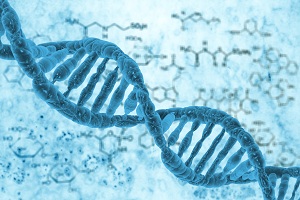High pressure during pregnancy is one of the biggest risks for mothers and children. According to a study by the University of Massachusetts, it could be avoided by turning off some placental genes. The technique is called RNA silencing and has already given good results in primates. The guinea pigs treated in this way are back to normal values in a short time.
The condition is called preeclampsia and affects over 10% of expectant mothers. The pressure too high can damage kidneys and liver, cause strokes and convulsions. In the worst cases the only way to stop it is to anticipate the delivery. This puts women in the position of having to choose between their own health and that of the child, with serious psychological consequences.
Preeclampsia occurs when the placenta stops functioning properly. To compensate for this and increase the blood supply, it releases proteins that increase the woman's pressure. In this way the fetus manages to get the right amount of oxygen and nutrients, at the price of maternal health.
Treating preeclampsia is not easy. Researchers must take into account both the health of the mother and that of the fetus, avoiding the occurrence of possible malformations. Acting on the genes that cause placenta malfunction seems to be the safest approach for both parties. In fact, the technique destroys the RNA molecules that drive the production of the protein that causes the disease.
For the time being, researchers have tested the approach on mild forms of preeclampsia in baboons. They injected the treatment into 3 out of 9 guinea pigs, reducing their pressure levels and damage to internal organs.
Source: newscientist.com
Add a comment





